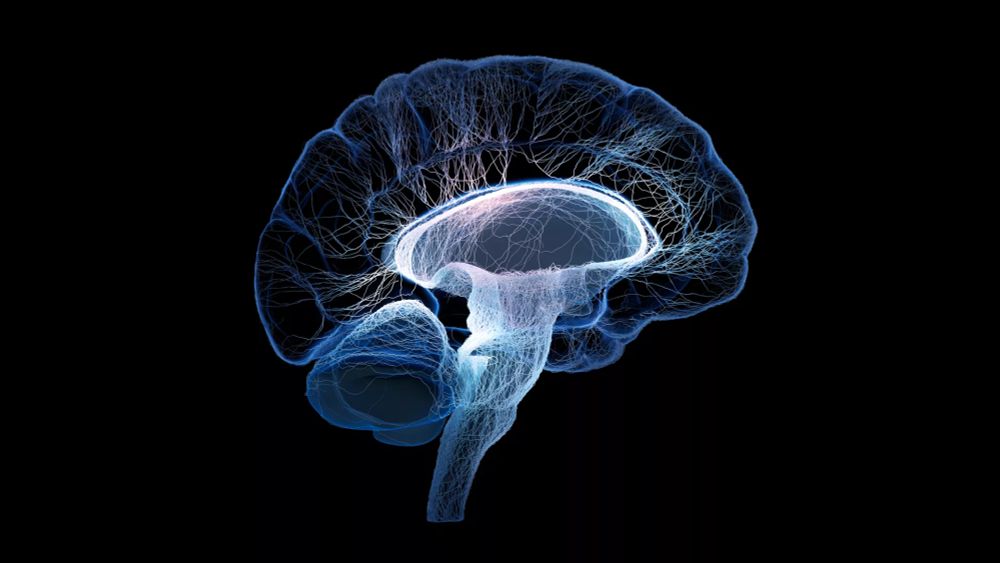Matthew Larkum
@mattlark.bsky.social
64 followers
24 following
15 posts
Neuroscientist at the Humboldt University of Berlin, violinist and chamber music enthusiast
Posts
Media
Videos
Starter Packs
Matthew Larkum
@mattlark.bsky.social
· May 26
Matthew Larkum
@mattlark.bsky.social
· May 26
Matthew Larkum
@mattlark.bsky.social
· May 26
Matthew Larkum
@mattlark.bsky.social
· May 26
Matthew Larkum
@mattlark.bsky.social
· May 26
Matthew Larkum
@mattlark.bsky.social
· May 26
Matthew Larkum
@mattlark.bsky.social
· May 26
Matthew Larkum
@mattlark.bsky.social
· May 26
Matthew Larkum
@mattlark.bsky.social
· May 26
Matthew Larkum
@mattlark.bsky.social
· May 26
Matthew Larkum
@mattlark.bsky.social
· May 26

Does brain activity cause consciousness? A thought experiment
The authors of this Essay examine whether action potentials cause consciousness in a three-step thought experiment that assumes technology is advanced enough to fully manipulate our brains.
doi.org



